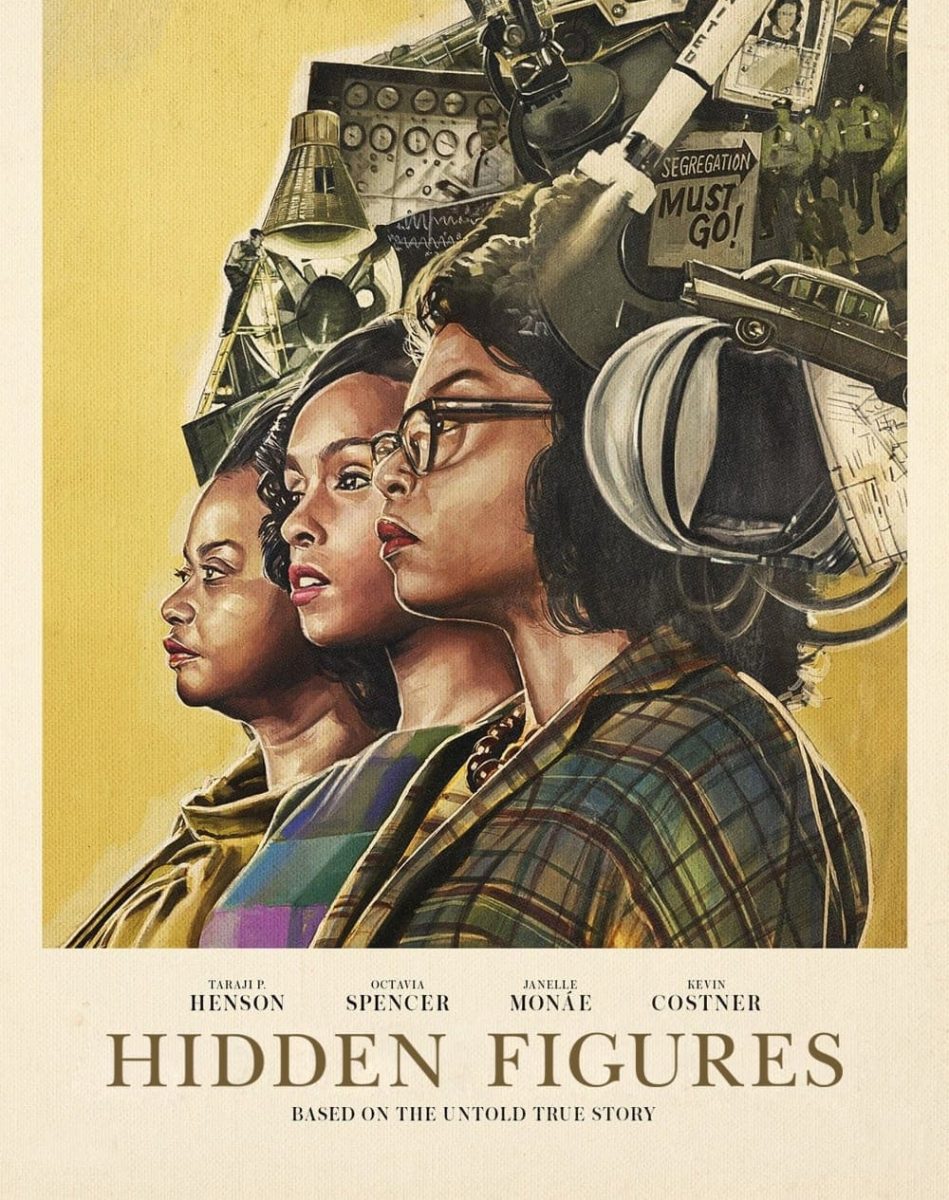Where the Wild things Are, a film adaptation of Maurice Sendak’s classic children’s book of the same name, tells the story of Max, an incorrigible young man who just craves love and attention, like all people, but storms out of the house after picking a fight with his mom, who sends him to bed without supper.
He flees to an imaginary island where he meets the Wild Things, who show him a valuable thing or two that puts his real life into perspective. Though the original story consisted of few words and Sendak’s own illustrations, Dave Eggers and Spike Jones somehow managed to create a feature that doesn’t mangle the artistic and emotional intent of its source. The fruits of their labor successfully walk that fine line between the world of the mundane and the fantastic that characterizes youth, where snowdrifts can be forts and monsters live under the bed.
The mise-en-scene has a touchingly homespun quality that lends much-needed authenticity in this regard. The furniture, the linens, the trees, all look familiar but with the muted sparkle of something truly child-like. It seems that director Spike Jones remembers how things looked and felt at this time of life, because he visually translates the creativity, manic energy and hyperbolic sensitivity of being a kid quite well throughout, thanks in no small part to his lead, Max Records whose convincing pout both enrages and melts the audience in equal measure.
Jones treads a stylistic ground similar to Michel Gondry, (who also came to moviemaking from music videos), with the emphasis on natural light and the off-kilter Steadicam, and it works perfectly here to illustrate the perspective through which children see the world before they acquire adult experience. The self-constructed Andy Goldsworthy-inspired huts and forts the Wild Things build look both realistic and as if they sprang from the imagination of a child. The Wild Things themselves embody the basic theme of the movie simply by way of moving and acting like both people and untamed creatures (courtesy of the voice work of the actors and The Jim Henson Creature Shop).
Though I initially expressed some trepidation about the appropriateness of music like The Arcade Fire and their ilk really having a place in such a film, I was pleasantly surprised at how easily Jones integrated these songs into the body of the picture. And a special mention must go to Carter Burwell’s beautiful, melancholy score, which blends in perfectly with the acoustic indie-pop soundtrack.
Now to expand a story that consists of just 10 sentences into a 2-hour feature is a risky proposition, and it doesn’t always move so swiftly. It does drag in spots, and the expansion of the Wild Things’ storyline almost veers into Sybil territory, with Max replacing Sally Fields confronting her multiple personalities in a wooded glen to bring them all together to let her be sane. Thankfully it stops before it goes too far in that direction. Here, the wild things represent manifestations of the different aspects of Max’s, (and everyone’s), troubled psyche and life: Carol (James Gandolfini) acts out violently when things don’t go as he wanted them to. Judith (Catherine O’Hara) is the Debbie Downer who represents know-it-all fatalism. The little goat (Paul Dano) is the part of him that wants to be seen and heard, etc.
They do elicit fright at times, because the Wild Things truly live up to their name, often smashing things and nearly killing each other, and Max, several times. It is here that the movie acts also as an object lesson on the dangers of giving free reign to any one part of your personality.
Since the Wild Things in actuality are anthropomorphized ciphers representing the different pieces of Max, they don’t understand reason, are easily won over by outrageous stories, then get upset when they realize the stories can’t come true. They can only be what Max is, and as Max talks to them he is really traveling inside himself, and confronting the problems that plague him.
When he starts to repeat words and phrases his mother has said to him in his fits of rage, in an effort to control the emotionally and physically destructive Wild Things, he begins to see himself objectively for the first time, as if in a mirror that reflects everything inside him. It is eventually Max’s inability to cure the Wild Things’ dysfunctional existence with fantasy that convinces him to return home. This scene in particular manages a daring tightrope walk, wherein Max bids farewell to the Wild Things/himself (and by extension the view of himself they engendered). It is no easy feat to make such a heady conceit so emotionally palpable.
The vagueness and brevity necessitated by the picture book format enabled Sendak to speak to everyone through it by including just enough content with universal appeal and allowing readers to fill the blanks in with their own lives, as picture books tend to do better than any other type of children’s literature. Despite the challenge of making long and drawn out what was once concise and compact, and all the more effective because of it, I think that Jones has successfully captured that indefinable spark of childhood without which the book would not exist.
People may not like the film because it recalls parts of our lives that we might not want to remember so vividly: when we made painfully unforgettable mistakes. Some have complained about the lack of plot, but such an argument only works when the film has nothing to say. Jones finds the emotional realism and lovingly cultivates that time when wonder, confusion, fear and anger converge, and still leaves enough out to allow viewers to see themselves in it, without sacrificing his own voice, sense of humor or good taste in the process. I heard several sniffles and tears in the audience I saw it with by the end, and it took a lot of effort to keep the crying wild thing lurking inside me from escaping as well.




